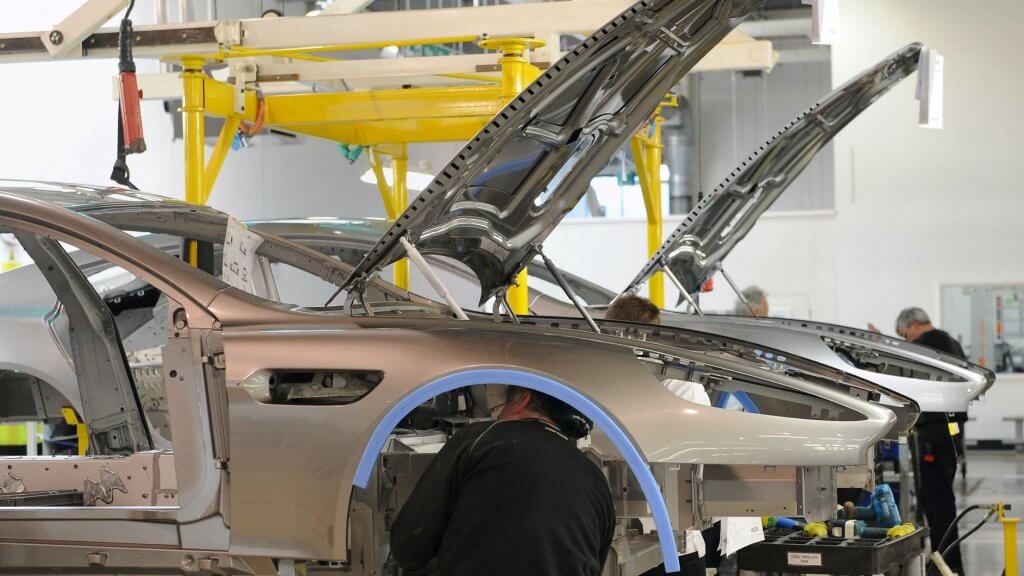
Great precision work starts well before a tool is applied to metal. Projects in tightly managed sectors bring structure, form, and traceability to designs consistently applied. Results shift from heroic single projects to repeatable processes. Governance provides cadence and quality planning that delivers consistently clear, credible evidence. The shop floor receives a capable, more-than-active process.
Tooling choices can lock early, firmly in programmes using brittle ceramics, carbides, or fibre-reinforced composites. Design risk often drives the timing of such high-fragility materials. In other contexts, discussion of electroplated diamond tools occurs during launch planning dialogue midstream. Such discussion references properties to balance edge integrity, cycle time, and metrology coverage.
A staged roadmap converts high-level scope to controlled commitments. The industry’s core tools, APQP, FMEA, control plan, MSA, SPC, and PPAP, anchor the roadmap and ensure explicit requirements. Special characteristics and verification methods stay explicit before spending money and time. Gate reviews ensure artefact quality and readiness so that design assumptions are not lost sight of and can be tested.
Where materials require abrasive machining, the routing considers wheel form, grit, and coolant. Capture works in conjunction with the inspection strategy. For example, electroplated diamond grinding wheels are specified to improve the maintenance geometry on a rigid substrate.
DFMEA examines key questions about design fit, function, and product environment. PFMEA focuses on fixturing, feeds and speeds, human factors, and logistics. The outcomes are driving tolerances, error-proofing, and gauging, aligning controls for dependable production and quality consistency. Supplier assessments verify that capability, metrology, and traceability can fulfil drawing promises.
A trial may be designated using an electroplated diamond wheel with containment criteria for components needing aggressive but stable abrasive action. This applies if wear of the tools poses a capability risk to the outcome. Thin-walled features or glass-filled composites may equally warrant a carefully controlled trial first. An electroplated diamond disc helps when edge quality is threatened.
Pilot runs and first-article inspections come together as PPAP, demonstrating design records, process controls, measurement integrity, and initial capability compatibility. The point of PPAP is to show that the supplier can meet the required specifications repeatedly and consistently. Acceptance serves as a business gate and a technical one.
Statistical Process Control confirms baselines so normal variation is properly separated from special causes. This occurs in real time, eliminating post-SOP surprises consistently now. Capability studies include wheel condition as a monitored parameter since abrasive operations are critical and are assessed for profile. The route may use an electroplated diamond wheel to meet the surface finish.
Electroplated superabrasive technology exposes one layer of diamonds, leaving an open cutting surface resistant to loading during use. It provides quick “free-cutting” material removal in carbides, ceramics, and composites.
That geometry helps retain the form and avoid heat during production, so there is less rework and less edge sac. In situations of this type, wheel specification, coolant, feeds, and speeds, and dressing or conditioning are recorded. The control plan means it’s possible to replicate trial performance later.
Applications could reference electroplated diamond tools for profiling silicon carbide; it’s common during manufacturing stages. Options include electroplated diamond grinding slotting wheels for carbon fibre laminates and electroplated diamond discs for clean entry glass features. PPAPs verify applications meet capability goals, keeping scrap at or below 2% during ramping.
The handoff from scope to shop floor succeeds when governance, risk discovery, and evidence-making are data-accurate and seamlessly in lockstep. Stage discipline and Core Tools prevent scope creep with steady practice habits. PPAP and SPC prove capability, protect consistency, and provide clear checkpoints so the quality doesn’t drift during changes.
Process knowledge, such as choosing electroplated diamond tools, is captured in procedures, not memory. Over time, that discipline adds up: fewer escalations; faster iteration; steadier cost. In lines where abrasive machining is a primary constraint, sustained performance relies on selection.
That selection favours electroplated diamond grinding wheels that preserve dependable form stability. Performance tracks each electroplated diamond disc’s evolving life curve. Routine layered process audits ensure monitoring doesn’t drift and documentation stays consistent.